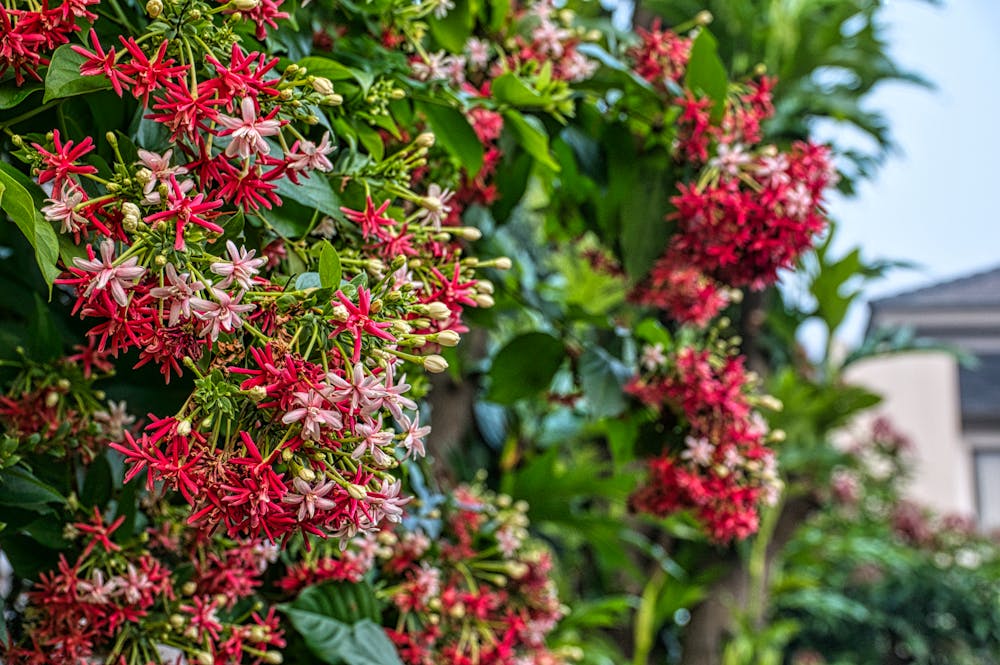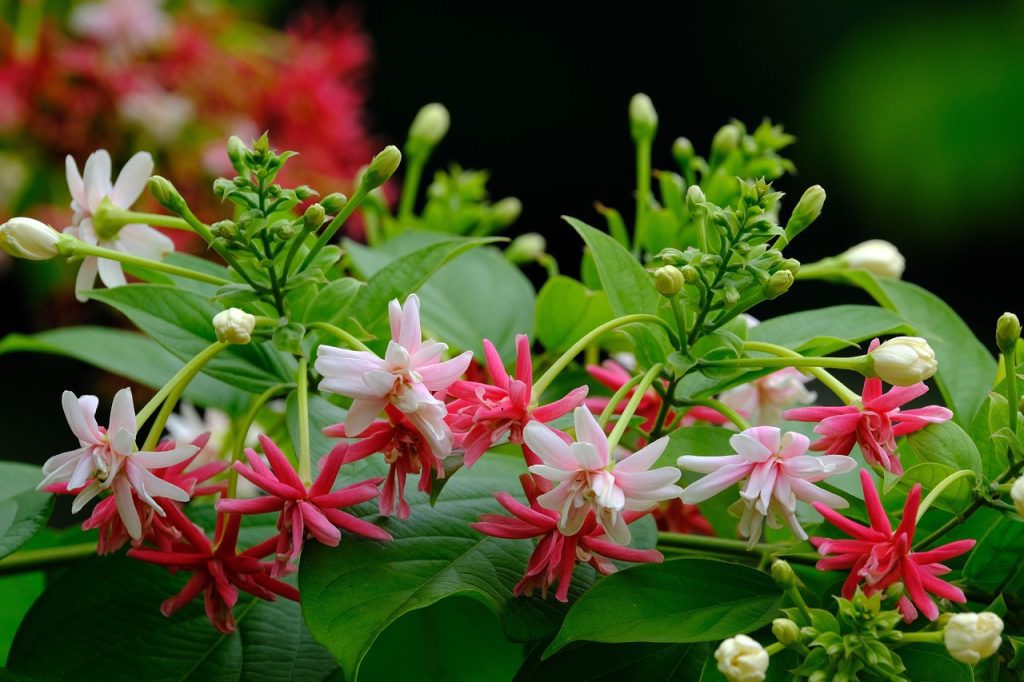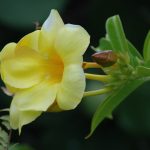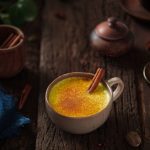Introduction to Rangoon Creeper Benefits
Did you know that the Rangoon Creeper (Quisqualis indica), often admired for its striking clusters of red, pink, and white flowers, is more than just an ornamental plant? This tropical vine, native to Asia and Africa, has been valued in traditional medicine for centuries. Beyond its beauty, Rangoon creeper offers remarkable benefits for digestion, immunity, skin health, and more.
In this blog post, we’ll explore the top Rangoon creeper benefits, its medicinal uses, and why this plant deserves a spot in natural wellness practices.
What is Rangoon Creeper?

The Rangoon creeper, also called Chinese honeysuckle or Quisqualis indica, is a fast-growing vine commonly found in tropical regions. It is popular for its vibrant, fragrant flowers that change colors from white to pink to red as they mature.
While many grow it for decorative purposes, traditional medicine systems like Ayurveda and Chinese medicine have long recognized the plant for its healing properties. From its seeds to its roots, different parts of the plant are used in natural remedies.
Top Rangoon Creeper Benefits
1. Supports Digestive Health
One of the most recognized Rangoon creeper benefits is its ability to relieve digestive issues. The seeds are traditionally used to treat intestinal worms, bloating, and stomach discomfort. Its natural compounds act as mild laxatives, promoting healthy digestion.
2. Boosts Immunity
The leaves and flowers contain antioxidants that strengthen the immune system. Regular use of Rangoon creeper in herbal preparations may help the body fight infections more effectively.
3. Promotes Healthy Skin
Rangoon creeper extracts are known for their anti-inflammatory and antimicrobial properties, which support clearer, healthier skin. Some herbal remedies use it for treating boils, rashes, and minor wounds.
4. Relieves Fever and Infections
In traditional medicine, Rangoon creeper leaves are used in decoctions to reduce fever and combat bacterial infections. This makes it a natural alternative to synthetic medicines for mild fevers.
5. Improves Oral Health
Chewing the seeds of Rangoon creeper has been used as a traditional remedy for toothaches and oral hygiene. Its natural compounds help reduce harmful bacteria in the mouth.
Medicinal Uses of Rangoon Creeper
Seeds as Anthelmintic
The seeds are most commonly used to expel intestinal worms, especially in children. However, they must be used with caution and in controlled doses.
Leaves for Healing
Crushed leaves are applied externally to treat skin conditions, ulcers, and wounds. They are also brewed into teas for fever reduction.
Flowers for Wellness
The flowers are not just visually appealing but are also used in herbal infusions that support digestion and relieve cough.
Roots for Detoxification
The roots are believed to have detoxifying properties, helping cleanse the body of impurities when prepared as decoctions.
How to Use Rangoon Creeper Safely
- Seeds: Commonly dried and powdered before use. Must be consumed in moderation as high doses can cause nausea.
- Leaves: Crushed for topical applications or boiled for herbal teas.
- Flowers: Used in teas and tonics for wellness.
- Roots: Typically prepared by herbalists into medicinal extracts.
Note: Always consult a qualified herbalist or healthcare professional before using Rangoon creeper medicinally, especially for children or pregnant women.
Related Benefits of Rangoon Creeper Plant
- Acts as a natural detoxifier.
- Helps in respiratory relief for cough and mild asthma.
- Serves as an ornamental plant that purifies the air.
- Provides traditional Ayurvedic healing properties.
FAQs on Rangoon Creeper Benefits
Q1: Is Rangoon creeper safe for children?
Yes, traditionally, the seeds have been used to treat intestinal worms in children, but only under strict dosage and medical supervision.
Q2: Can Rangoon creeper be used daily?
Daily use is not recommended without guidance from a herbalist, as overconsumption of seeds may cause side effects.
Q3: What are the side effects of Rangoon creeper?
Excessive intake of seeds may lead to nausea, vomiting, or dizziness. Always follow recommended doses.
Q4: Does Rangoon creeper only have medicinal uses?
No, apart from medicinal properties, it is widely grown for its ornamental beauty and fragrant flowers.
Final Thoughts on Rangoon Creeper Benefits
The Rangoon creeper plant is more than a garden treasure—it’s a natural source of healing. From improving digestion to boosting immunity and enhancing skin health, its uses span across traditional wellness practices.
If you’re interested in natural remedies, this plant is worth exploring. However, always remember to seek professional advice before using it medicinally.
For more insights on medicinal plants and their benefits, visit National Center for Biotechnology Information (NCBI) or explore herbal wellness guides on Healthline.
Curious to learn more about the healing power of plants? Subscribe to The Planttube Blog for more articles on natural remedies, medicinal plants, and wellness tips.








